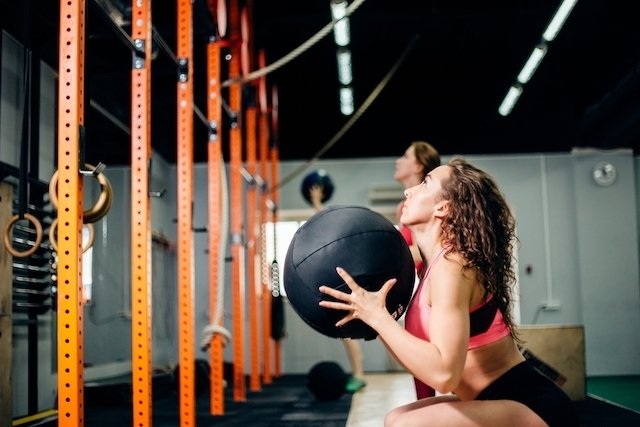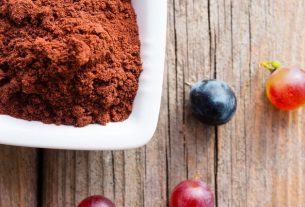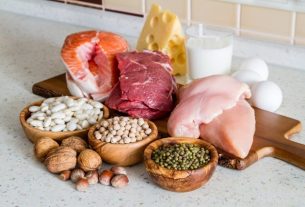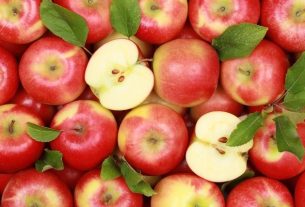The CrossFit diet must be recommended by a nutritionist or nutritionist according to the person’s goals and caloric expenditure during physical activity. Therefore, it is recommended that the diet is rich in calories, vitamins and minerals, which are essential nutrients to provide energy during heavy training and to accelerate muscle recovery, preventing injuries in athletes.
Crossfit is a high-intensity activity that requires a lot of body and food preparation, which must be rich in lean proteins, such as chicken, turkey or fish, grains such as peas or beans and fruits and vegetables.
On the other hand, you should avoid processed and refined foods, such as sugar, cookies and ready-to-eat meals, such as risotto or frozen lasagna, for example.

How should the diet be
Crossfit nutrition varies according to the moment and must be suitable for before, during and after training to ensure energy and the benefits of training.
1. Before training
Crossfit pre-workout must be done at least 1 hour in advance, to give time to complete digestion and nutrients and oxygen to be channeled to the athlete’s muscle mass. This meal should be rich in calories and carbohydrates, such as bread, oatmeal, fruit, tapioca and vitamins. Furthermore, it is also interesting to add a source of protein or good fat, which will provide energy more slowly, being useful at the end of the training.
Thus, two examples of combinations that can be used are: 1 natural yogurt mixed with honey and banana + 1 boiled egg or 1 large slice of cheese; 1 whole grain bread sandwich with egg fried in olive oil and cheese; 1 glass of banana smoothie with 1 tablespoon of peanut butter.
2. During training
If the training lasts longer than 2 hours, it is recommended to consume easily digestible carbohydrate sources to maintain the body’s energy. Thus, you can use 1 fruit mashed with honey or use nutritional supplements such as Maltodextrin or Palatinose, which can be diluted in water.
In addition, it may also be useful to take a BCAA supplement to provide the muscle with amino acids that help provide energy and promote recovery.
3. After training
After training, it is essential that the athlete eats a good protein-rich meal, containing mainly lean meats, chicken or fish. These foods can be included in a sandwich, omelet or in a nice lunch or dinner with rice or pasta and salad, for example.
If you are unable to eat a protein-rich meal, it may be necessary to supplement the athlete with whey protein or another protein in powder form, according to the guidance of the nutritionist or nutritionist. Whey can be added to a smoothie containing milk, fruit and oats, for example. See how to take whey protein.
Supplements that can be used
The supplements most used by crossfit practitioners are whey protein, creatine, BCAA and thermogenics containing compounds such as caffeine and L-carnitine, which can help increase stamina, accelerate metabolism, promote muscle mass gain or accelerate muscle recovery.
Furthermore, crossfit practitioners normally use the Paleolithic diet as the basis of their diet, which is made up of foods that come directly from nature without undergoing major changes in the industry, such as meat, fish, fruits, vegetables, leaves, oilseeds, roots and tubers, boiled or grilled. Learn more about the Paleolithic diet.
Example of a 3-day menu
The following table shows an example of a 3-day crossfit diet menu:
The amounts needed to be consumed at each meal depend on the intensity and hours of training, therefore, it is essential to consult a nutritionist to recommend the meals in each case depending on the individual objective.

Sign up for our newsletter and stay up to date with exclusive news
that can transform your routine!
Warning: Undefined array key "title" in /home/storelat/public_html/wp-content/plugins/link-whisper-premium/templates/frontend/related-posts.php on line 12
Warning: Undefined array key "title_tag" in /home/storelat/public_html/wp-content/plugins/link-whisper-premium/templates/frontend/related-posts.php on line 13




